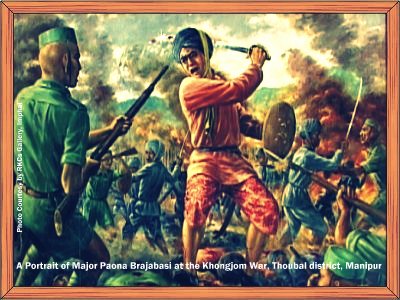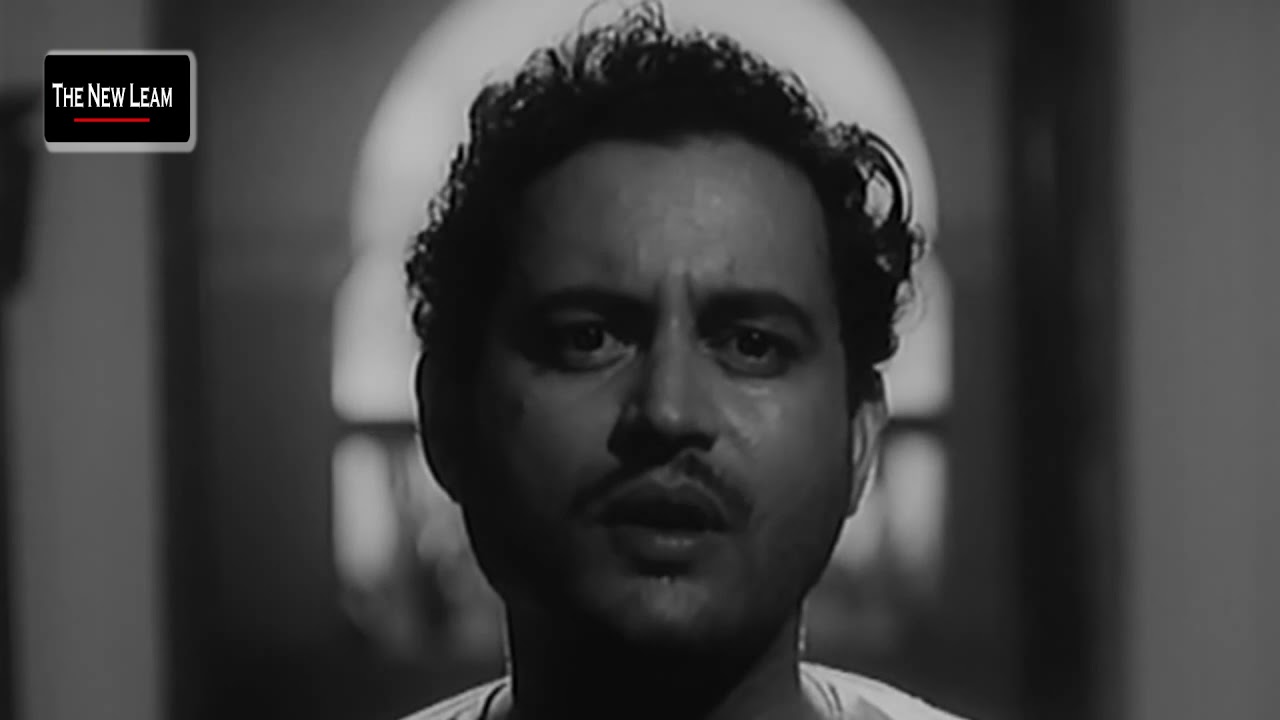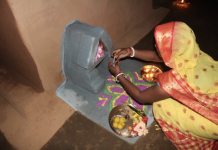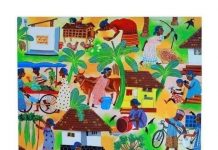
Just like the marvelous flower garden, India is an amazing mosaic of cultures, richly endowed with diverse religions, languages, dresses, and multiple forms of dance, drama, music, folklore, architecture and philosophy. India also occupies a unique socio-cultural landscape where the yellow, brown, white and dark races with their unique traditions and lifestyles meet and mingle. The vastness of such marvelous, colorful garden can’t be painted merely by the handiwork of select few whose writings tilt in favour of what they consider important to represent the ‘idea of India’. Similarly, the kind of Indian history we learn from the ‘perceived view’ of history textbooks has hitherto been the history, heavily in favour of the ruling dynasties and individual rulers, noblemen, landed gentry and high clergy; or it is the history of the ‘glorious’ Hindu period, ‘devastating’ Muslim rule, or the two nation theory bolstered by the idea of a hierarchical duality of the ‘majority’ vs.‘minority’. Such a myopic, parochial approach, needlessly to add, defies the very soul and beauty of India’s unique plurality.
The focus of historiography has been rather on the powers that be— the rise and fall of powerful kingdoms, the growth of the Mauryan empire and its powerful extended political control over the northwest subcontinent, the rise of the Maratha power in the west, chiefdoms of the Cholas, Cheras and Pandyas in Tamilakam from Deccan to down south, and the battles fought between the British and these kingdoms. Likewise, it focuses on the growth of primarily one narrative of Indian nationalism, with its genesis in the late 19th century during which the idea of nationalism emerged from the established middle class, largely upper caste professionals. It should not be forgotten that these ‘grand’ narratives were confined to select regions and sections of society. And there were equally important modes of resistance against the brutality of British imperialism which the dominant historiography seldom talks about. For instance, after waves of successful colonization in various parts of the North, Central, Western and Southern Indian sub-continent, the British through the Treaty of Yandaboo began to conquer the small kingdoms of Northeast India. But then, to take a striking example, Gomdhar Konwar, the Ahom prince of Assam fought a heroic battle, and organized a strong armed resistance against the British empire; he was found as insignia of royalty by British Lieutenant Rutherford, and deported to an unknown location to die in ignominy. Today, the Assamese demand for due national recognition of prince Konwar and call for rewriting history to include the role of Assam in the national movement. Again, when the British imposed house and income taxes on the Jaintia and Garo hill tribes, they faced resistance from these tribes under the leadership of U. Kiang Nongbah who was captured and hanged publicly. Being at the strategic position for trading relations between Ava (Myanmar), Assam and the rest of Indian sub-continent, Manipur captured the attention of the imperialist force for using it as a buffer zone. The incident of execution of five top British officials due to their irritating and suspicious behavior in the internal affairs of the kingdom of Manipur was followed by Anglo-Manipuri war, 1891— the last war fought by the British in Indian sub-continent. The British with their superior weapons crushed the heroic resistance led by Paona Brajabasi at the famous war of Khonjom on the Khongjom river. The British beheaded General Paona Brajabasi while patriots such as Bir Tikendrajit Sing and Thangal General were publicly hanged.
Thus, considering the period between the first war of Indian independence— the Sepoy Mutiny, and the last Anglo-Manipuri war, the British had fought series of wars, battles, and encountered many rebellions and resistance movements. And when we look at these multiple histories we do realize that kings, nobles and subjects, modern educated men and primitive unlettered folk, people of all races such as Aryans , Dravidians and Mongoloid traditions—all were creative subjects of history, and freedom struggle was nobody’s absolute monopoly; they all contributed to the making of their ‘imagined nation or communities’. And hence, as I wish to argue, no particular social group or community is privileged over the other in this collective struggle. And this is the reason why I evolve a critique of the singular notion of Indian nationalism as projected by the dominant/elitist historiography.
India’s grandeur civilization that opens its doors to all races and cultures is a fact to be celebrated. It is great to be in a civilization filled with Dravidians, Aryans, Mongoloids, Hindus, Muslims, Christians, Sikhs, Zoroastrians, Buddhists, Jains, and numerous sects, worship practices, rituals, traditions, customs and beliefs. Yet, it is ironic that the Aryan culture and its Sanskrit language enjoy a mystifying position of superiority. Why should we forget that the elements of Sanskritic tradition of the Vedas of ancient Hinduism and tribal/folk traditions co-exist in a mixed form at various levels? In fact, Robert Redfield’s thesis of the continual play of ‘great traditions’ of the elite and ‘little traditions’ of the folk acquires a special meaning in India’s cultural matrix. This is what Mc. Kim Marriott refers to as ‘universalisation’ and ‘parochialisation’, the filtering down and up of the two traditions. No wonder, James Frazer has reminded us that folklores have survived like fossils among peoples of higher culture. After all, even today an overwhelming population of India lives in its villages, and the soul of its people manifests in traditionally preserved folklores in the form of tales, songs, stories, customs, beliefs etc. And the similarities in these practices are shared by people through the process of cultural diffusion and transmission, no matter how widely people are separated in space. For example, the Naga tribes of the Blue Mountains in the Northeast India have similar cultural affinities with the exotic Nilgiri tribes tucked away in the blue Nilgiri mountains in down South of India. The Kadugolla tribes of Karnataka worship Hindu gods such as Junjappa, Yattappa, Patappa and Cittappa, showing considerable syncretism with the Hindus of Karnataka. In the same breath, there has been continuous fusion between Aryan and Mongoloid elements, particularly true in the context of Assam and Manipur located in the North eastern part of India. In this context it is important to recall renowned scholar Suniti Kumar Chatterji; according to him, the Indo-Mongoloids from the Vedic times onwards form the fourth basic element in the formation of Indian people. Their traditions have affected the life and religion of the Vedic Aryans.
Yet, it is a paradox that from the Aryan- Sanskritic perspective, the Northeast India lies in its cultural periphery. The fact is that Northeast India is like a mini Asia, where different races, communities and their folklores span national boundaries as seamlessly as the mountains and the forests run across them. The region is connected to the rest of India through the famous Chicken Neck at Siliguri corridor. It is in this beautiful corridor between the two great civilizations of the Chinese and the Indian, the creative endeavors of generations of people have sought to unite different faiths, ethnic groups, languages and dialects of more than 400 odd numbers. With a great influence of the eastern Himalayas and the mighty Brahmaputra river on the people of the region, the legends, myths, folklores and the customs of the people of the Northeast are woven with those of the rest of India. India could not perhaps be more plural, diverse and colorful without the multi-cultural beautiful dynamics of the Chicken Neck. The great Himalayas in the North, stretching to extreme Northeast of Arunachal Pradesh, the peninsular India originating from the Deccan to Kanayakumari in down south, rivers and rivulets originating from the magnificent blue and green mountains form an integral part in the cultural ethos of Indian people. These cultural traditions include dressing, food and delicacies, language, dialects, customary practices, beliefs, rituals, social interactions and relations including marriage and kinship organisation. There is an intimate relationship of this cosmology with India’s history, literature, philosophy, music, dance, and folktales, all of which have enriched Indian culture, which is diverse, complex and unique. The stories of change and continuity in different religious celebrations, social and cultural practices reveal India’s unique social fabric. It would be futile for an Indian to claim his /her ‘purity’ in terms of race and culture as he/she lives in a grand synthesis of cultures and religions. It is this common thread that dispels popular myths, stereotypes, distortions and misleading accounts of false claims of a particular group as inherently superior—a true representative of India. The soul of Indianness lies in respecting and celebrating the synthesis of multiple traditions—something like what the hermeneutic philosopher Gadamar regards as ‘fusion of horizons’.
On the basis of race, the Nazis under Adolf Hitler ruthlessly tried to wipe out the Zews. It would be horrifying if the fanatic Hindu fundamentalists attempt to replicate the same in India. When one imposes the hegemonic religious and cultural ideology of Hindutva, it leads to the practice of divisive communalism. In fact, the notorious acts like silencing the voices of free thinkers like Kalbugiri, Dabholkar, Pansare, mob lynching of Mohmamad Akhlaq Saifi allegedly on the basis of beef eating, attacks on minority religious groups and their places of worship, and targeting young couples wanting to celebrate inter-caste and inter-religious marriages are chilling reminders of rising intolerance against India’s differences and pluralism.
It needs to be added that ASFPA is an anti-thesis to any civilized polity. The recent endorsement of this draconian law by the RSS to flush out elusive insurgents or what they term as ‘anti-nationals’ has added wounds to the already injured community. These practices propagate divisiveness and chauvinistic nationalism, and are against the ethos of India’s unity in diversity which has stood the taste of time. These are the very forces which are against the true Indian spirit as India dances in its magnificent garden of multiple cultures of races and ethnicities. A true Indian is a nurturer of this magnificent garden; and he/she invokes the value-rationality of Akbar’s Din-i-illahi, Ashoka’s message of respect for humanity, Mahatma Gandhi’s ahimsa, Buddha’s peace, and the liberal-secular ethos of our Constitution.
Dr. Jeebanlata Salam is an Assistant Professor, School of Social Sciences, National Institute of Advanced Studies. Indian Institute of Science Campus, Bangalore.










